Vienna, the capital city of Austria, is a charming, artsy city, and home to many famous classical musicians. Some of the most prominent figures who lived and performed in Vienna at some point in their lifetime include Mozart, Haydn, Beethoven, or Schubert. Another notable figure and a great contributor to the field of psychology I studied in college is Freud, the founder of psychoanalysis, who lived and held his practice in Vienna. Apart from the world-famous Vienna State Opera House, the city is home to many museums, art exhibits, and delicious coffee. I’m sharing some of the must-see attractions to help you start planning your perfect cultural weekend in Vienna.
Although it was slightly chillier in November, I found Vienna full of life, with much of the outdoor seating supplied with blankets and heating lamps to keep you comfortable. You can’t escape cigarette smoke outside, but fortunately for non-smokers, Vienna’s indoor spaces have been smoke-free since the end of 2019.
Table of Contents
A weekend guide to arts in Vienna
The Belvedere Palace
The Belvedere Palace was built as a summer residence for Prince Eugene of Savoy, but today this baroque palace is home to three art museums. The palace is divided into the Lower Belvedere and the Upper Belvedere, connected by a baroque garden. The third, more modern part is the Belvedere 21.
- The Lower Belvedere houses the royal apartments of Prince Eugene and Australian art from medieval times to the current day.
- The Upper Belvedere features the artworks of Schiele, Kokoschka, and the largest collection of Klimt’s artwork, including “The Kiss” and “Judith.”
- The Belvedere 21 is a contemporary art museum.
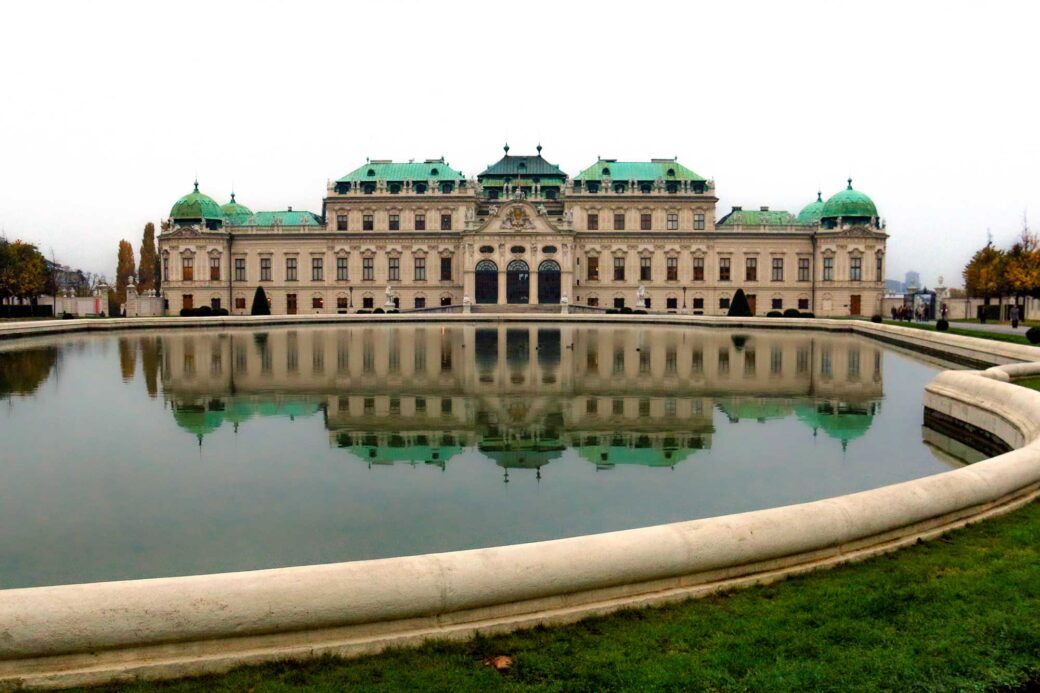
Vienna State Opera House
If you enjoy classical music, you must visit the Vienna State Opera House. The opera first opened in the 1860s, with the royal couple, Empress Elisabeth and her husband, Franz attending its first performance. Today, as one of the leading opera houses in the world, it hosts a variety of shows led by the best-known artists in the world.
If you want to attend a show while visiting Vienna, make sure to book well in advance. If you’re on a budget and don’t mind standing, standing tickets are available to purchase before the show. Do get there early to get your ticket in time for the show. Otherwise, you can take a guided tour to learn about the building’s rich history and architecture while exploring the auditorium and getting a peek behind the scenes.
If you happen to be visiting Vienna anytime from April to June or in September, you might be able to witness a live ballet or opera performance outside the State Opera for free.
The Museum of Fine Arts
The Museum of Fine Arts was built in the 19th century to hold all the artwork the Hapsburg dynasty gathered over centuries. It is quite an impressive art collection dating all the way from ancient Greek, Romans, and Egyptians through the Middle Ages to Baroque. The museums feature artwork, sculpture, coin collection, musical instruments, and imperial armory. Part of the rich museum collections are featured at the Hofburg and Schönbrunn’s Palaces.
A weekend guide to history and architecture in Vienna
Schönbrunn Palace and Gardens
The Schönbrunn Palace and Gardens is a must-see in Vienna. The palace looks especially mystical in fall with fog, colorful leaves, and marble sculptures peeking from various corners in the gardens. Go wander in this baroque-style palace from the 18th century and visit royal apartments to learn more about the Hapsburgs, a dynasty that ruled Austria for six centuries. Visit the Hapsburg summer residence to see how the emperors used to live. Audio guides will provide stories about the royals’ lives.
Leave yourself time to explore the gardens, stop by the Neptune’s Fountain inspired by Greek mythology, and walk up the hill to see the Gloriette Arcade that commemorates the Austrian victory over the Prussians in 1757. The Gloriette allows you to see the palace from a different angle. You might also be interested in visiting the carriage museum and the zoo that are all a part of this vast summer residence.
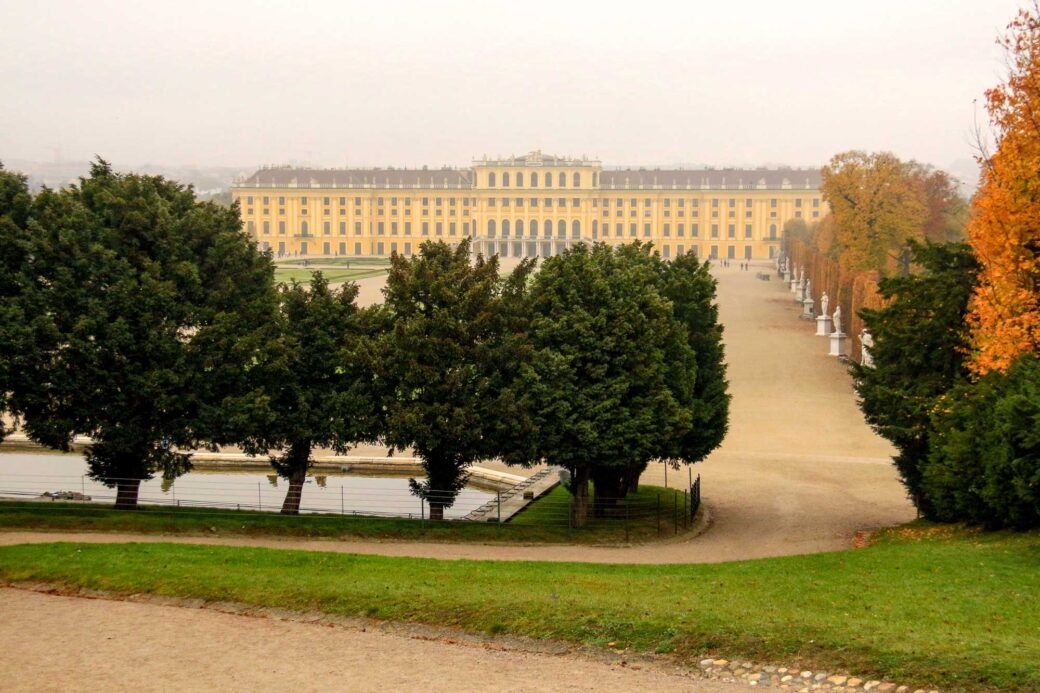
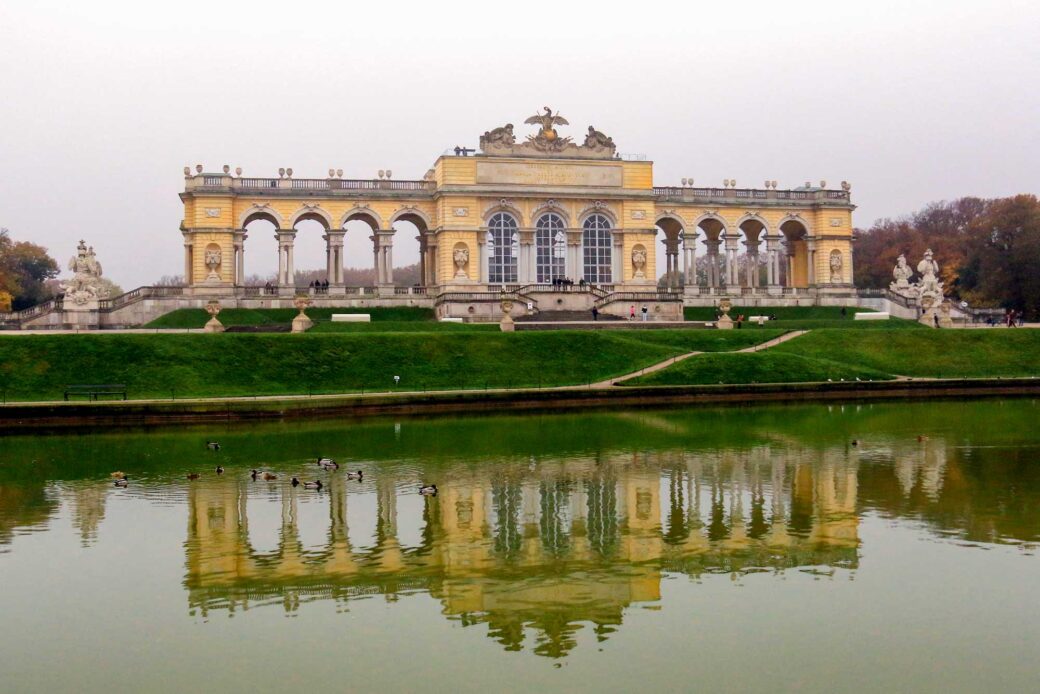
Hofburg Palace
Hofburg Palace, a center of political and administrative life and the winter residence of the Hapsburgs, was originally built in 13th century and extended by each emperor over the years. Today, the palace features museums and government offices.
Visit the imperial apartments and see how emperors including Franz Joseph and Elisabeth (known as Sisi) used to live, dine, receive visitors, and hold receptions in these fully furnished and decorated apartments. Stop by the Sisi museum to learn about the life of Empress Elizabeth, the only empress in Austrian history. The museum features hundreds of artifacts belonging to the empress, telling the story of everything from her coronation and marriage to the Hungarian emperor to her tragic death.
Saint Stephen’s Cathedral
Saint Stephen’s Cathedral is one of Vienna’s iconic buildings, with a rich history dating back to the 13th century. Cathedrals in the Catholic religion are places of worship. Saint Stephen’s Cathedral was originally built in gothic style and had other architectural elements added over the years, including its renaissance tower and a baroque altar. You can climb the South Tower, one of the tallest points in the city, for a view of Vienna’s Old Town. The cathedral’s undergrounds are a resting place to Vienna’s bishops (high-ranked religious leaders) as well as members of the Hapsburg dynasty.
Parliament Building
The Austrian Parliament Building is beautiful. From the outside, your attention will first be drawn to a large fountain featuring Athene, the Greek goddess of wisdom. Athene holds her insignia in one hand, and in the other hand she holds Nike, the goddess of victory. The building is surrounded by a ramp, on top of which Greek historians are placed.
Even though the building is currently closed for renovation, you might explore other places where governmental business takes place. Thi includes Hofburg, Palais Epstein, and the Heldenplatz. Depending on which location you choose, guided tours take from about an hour to an hour and a half, require no prior reservation, and are currently free.
Vienna City Hall
The Vienna City Hall is a neo-gothic building from the 19th century that is home to the local government. Both the building and its surrounding grounds host annual events such as Life Ball in May or Christmas Market and a skating rink in winter.
The building is spectacular, with its gothic tower and various elements of baroque and other styles embedded in its architecture. You can take free guided tours in German available throughout the week, which lets you take a closer look at the building’s interior. Audio guides are also available in many languages.
Sigmund Freud Museum
If you’re interested in psychology, visit Sigmund Freud Museum at Bergasse 19 in the Alsergrund district. You won’t be disappointed. This museum is a place where Freud used to live and hold his practice until he fled the Natzis. The museum is fully renovated and re-open to the public again since 2020. The museum offers comprehensive information on Freud’s work and life making. All rooms in the apartment are accessible to the public and feature many permanent and temporary exhibitions.
Logistics guide to planning a perfect cultural weekend in Vienna
Transportation in Vienna
I used public transportation sporadically since most of the attractions are within walking distance of my hotel. An exception is Schönbrunn Palace that is a little bit away from Old Town.
Like most European cities, Vienna has a well-developed public transportation system that includes buses, trains, trams, and an underground system. A variety of types of tickets are available depending on your preference:
- Buy single tickets as needed.
- Get a Vienna Pass for anywhere from one to three days that gives you unlimited rides as well as discounts to most Vienna attractions.
- Get a network card for unlimited rides anywhere from one to eight days. Validate your card for each day you want to use it, and then you’re good for 24 hours. Tickets can be validated inside vehicles at machines located at the entrance.
You can purchase tickets online via an app, at machines located at most underground stations, from tobacco shops, or directly from a bus driver (for an additional fee).
Accommodation in Vienna
Vienna has many hotel options from low, mid-range, to luxury depending on your budget and travel style. There is also a selection of hostels if you’re on a budget and don’t mind sharing a room, and Airbnb-types of accommodation where you can have the whole place to yourself. I chose a mid-range hotel within walking distance of the city center and was perfectly happy with my selection.
Food in Vienna
Many of the popular foods in Vienna are meats, including signature sausages. You will also have plenty of good coffee to choose from!
- One of my favorite meals in Vienna was Austrian goulash, meat stew with tomatoes, paprika, and other spices served with bread or potatoes.
- Another popular dish in Vienna is Wiener Schnitzel, a breaded veal served with potatoes and lemon.
- You might also enjoy Tafelspitz, boiled beef served with potatoes, horseradish, and applesauce.
- If you’re on the go and are looking for good street food, grab Viennese sausages typically served with mustard and a piece of bread.
- Vienna is big on coffee and you’ll find coffee houses everywhere. A typical Viennese coffee called Wiener Mélange is a cappuccino style drink made with coffee, steam milk, and froth.
- Viennese people are also big on desserts. Some of the most popular ones are a sachertorte, a classic chocolate cake with a layer of apricot jam, or an apple strudel, pastry stuffed with apples, cinnamon, and raisins.
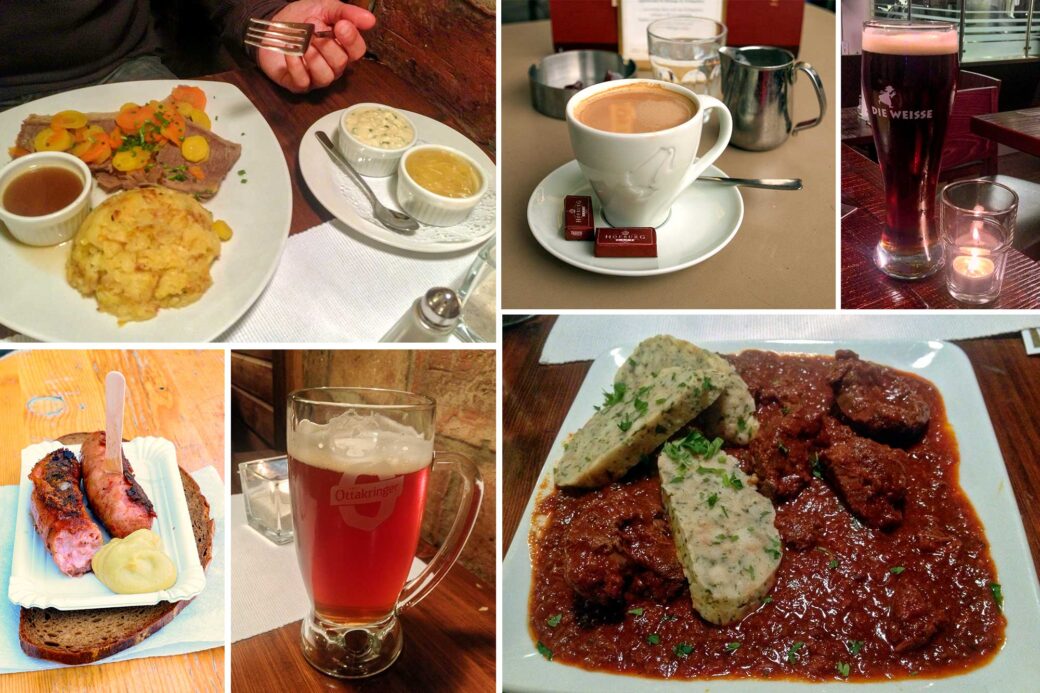
Overall
Vienna is a very cultural city with a lot to offer a curious visitor interested in arts, history, and architecture. No matter what buildings you choose to explore, you won’t be disappointed. You’ll also learn a lot about the Hapsburg dynasty that ruled Vienna for centuries. The Habsburgs left their mark on countless places across the city. A simple weekend trip can only scratch the surface of Vienna’s many cultural attractions. I chose to divide my time between sightseeing and relaxing prioritizing the Schönbrunn Palace and the Museum of Fine Arts. This left me plenty of time to take advantage of the warm autumn weather before heading back out on the road. Next, I stopped to visit nearby Bratislava, the capital city of Slovakia.






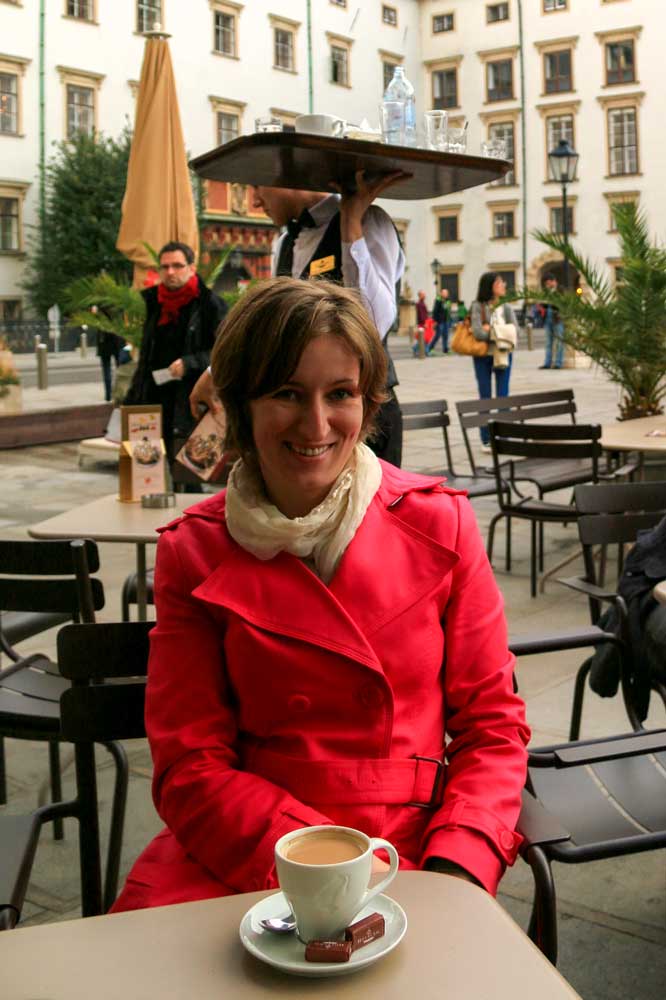
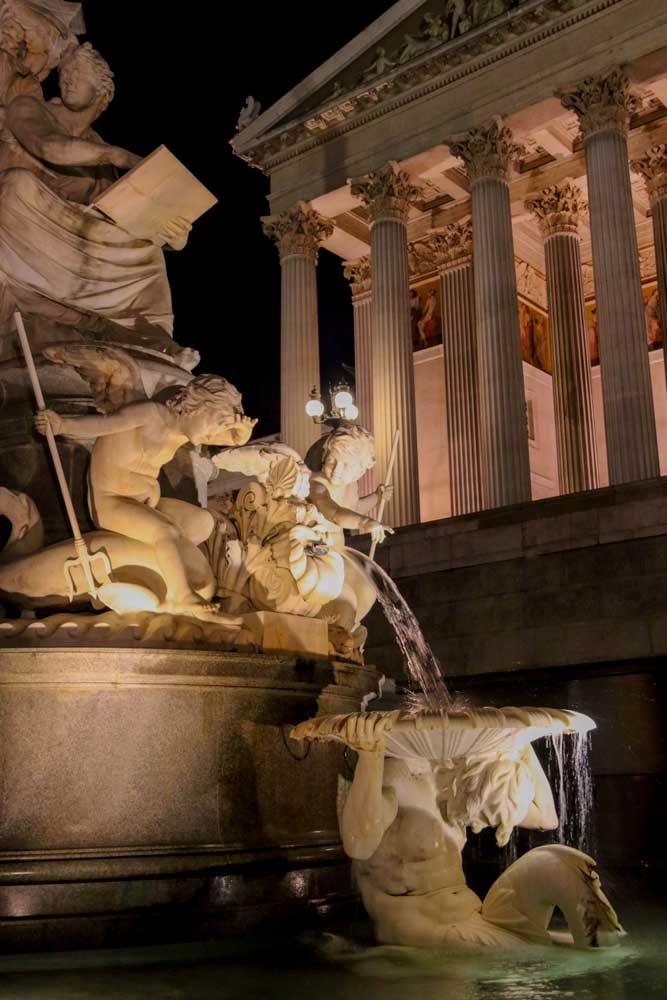

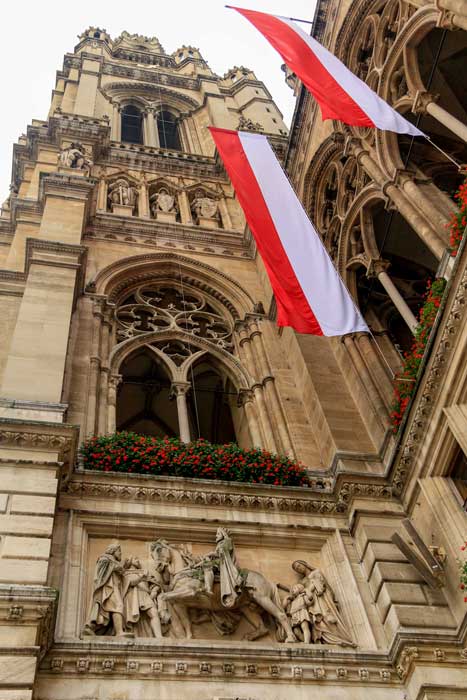

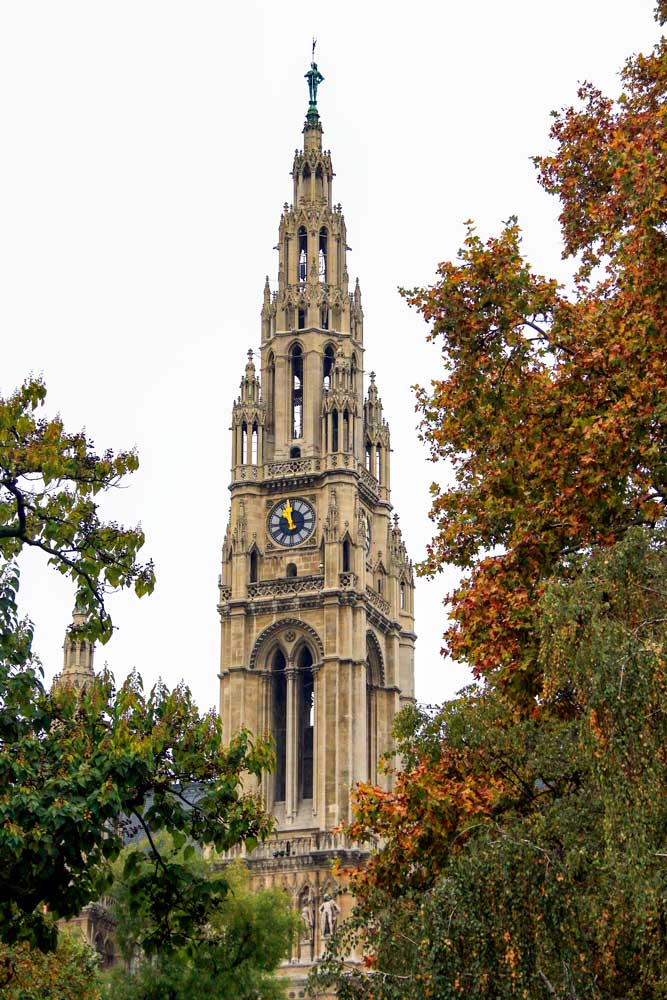

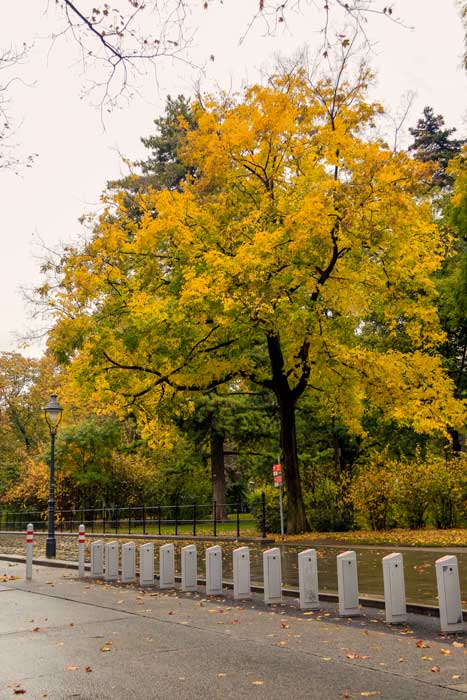

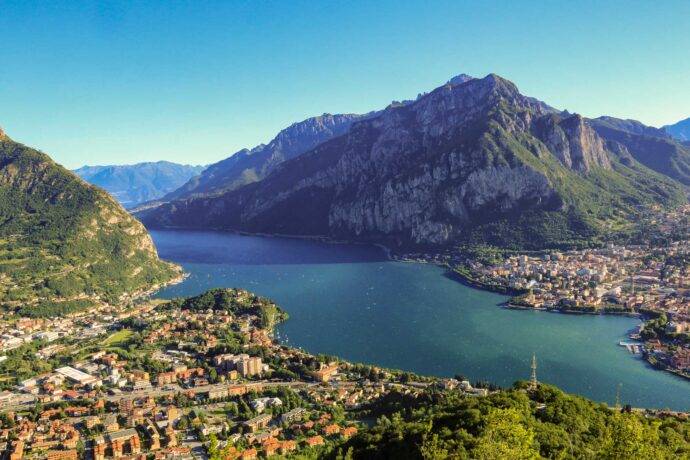

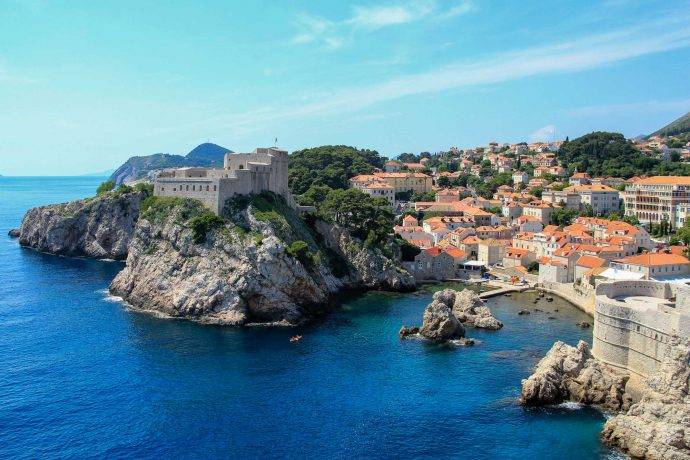

No comments